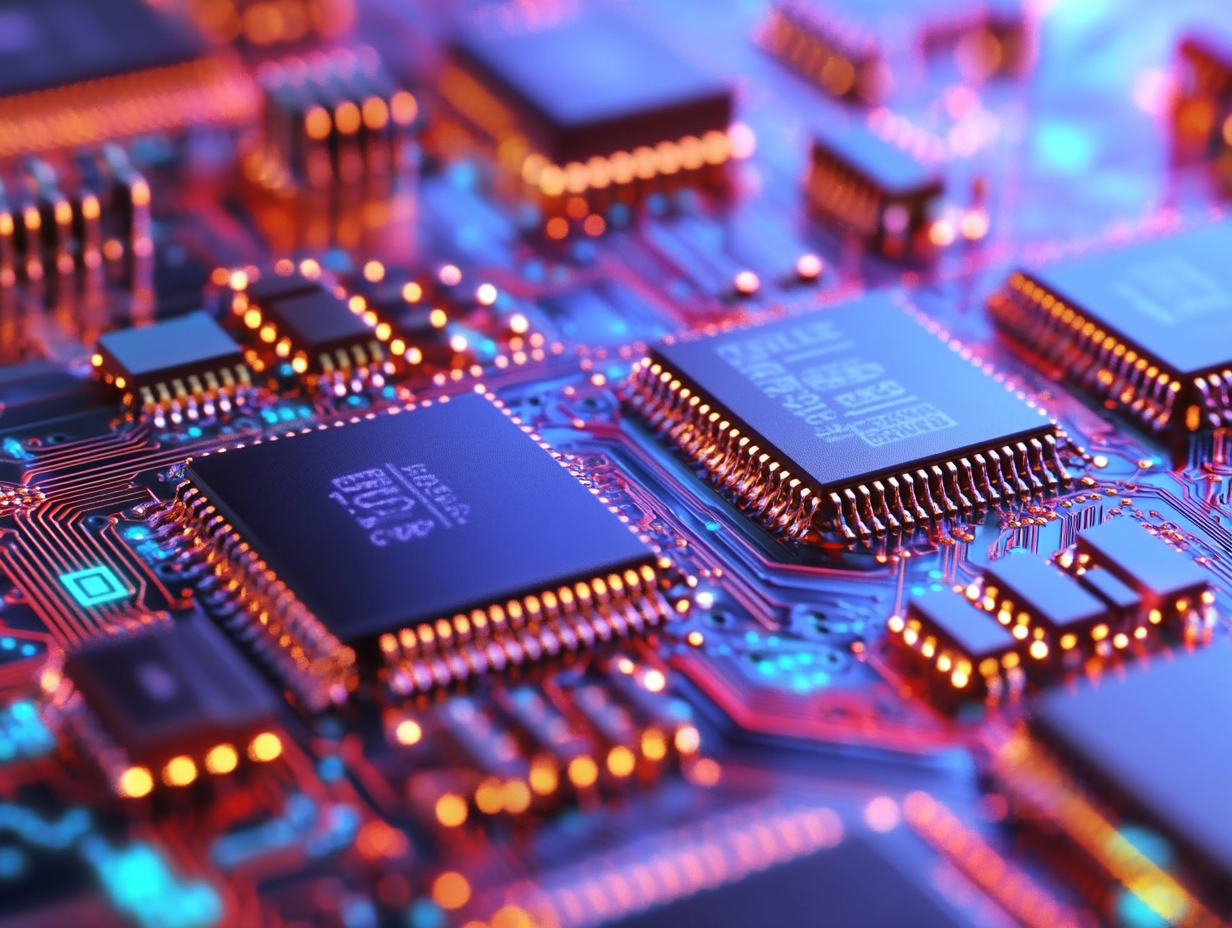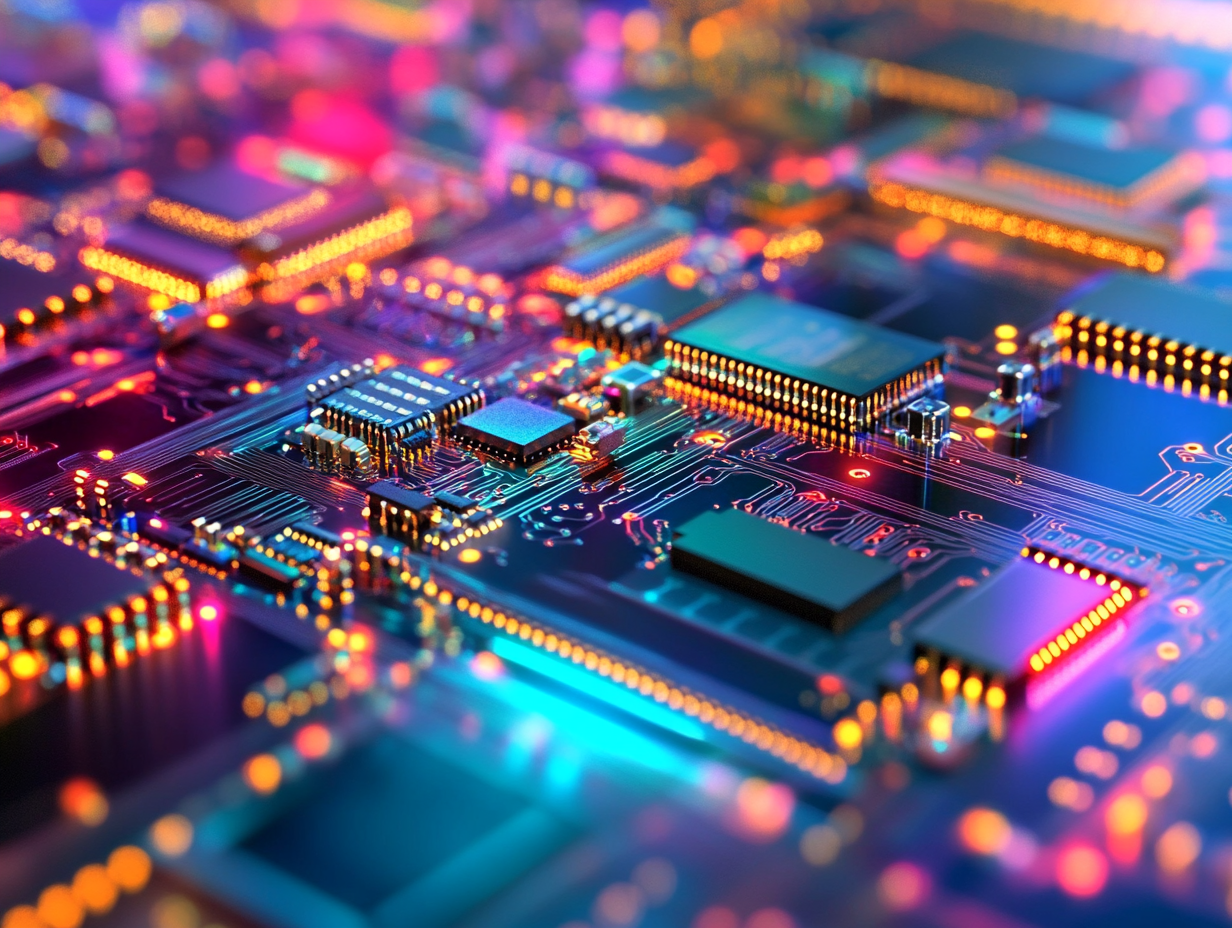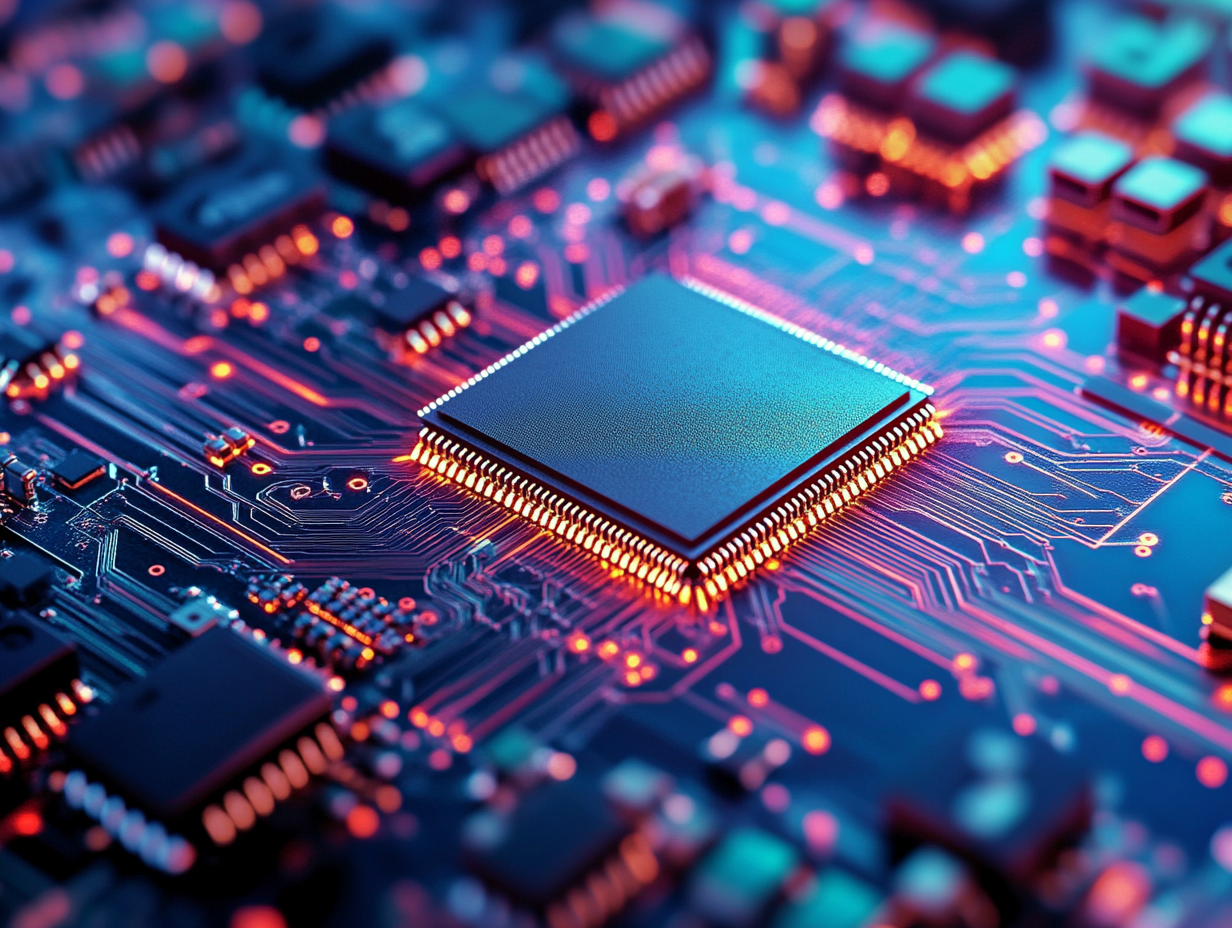Table of Contents
Through thick and thin, Discrete Semiconductor Products have been a key factor in the area of technological innovation and the promotion of efficiency in a variety of industrial pursuits. With advanced electronic components in high demand around the world, determining the future course of these commodities becomes an important consideration for buyers keen on staying competitive. From automotive applications to consumer electronics, discrete semiconductor components are vital to smarter and energy-efficient devices; thus, manufacturers are forced to keep pace with emerging trends and challenges.
As we talk about the nitty-gritty of the discrete semiconductor market, we shall go into how the growth of discrete semiconductors is influenced by advanced fabrication technologies, the impact of electric vehicles, and the effects of changing global trade policies. This blog seeks to provide invaluable guidance for global buyers, enabling them to understand the semiconductor landscape and to make informed purchasing decisions based on where technology is headed. Come with us as we start unearthing the future of Discrete Semiconductor Products and the shaping of tomorrow's electronics.

Current Trends in Discrete Semiconductor Technology
Critical market-driving factors are set to propel significant growth in the discrete semiconductor market. The emergence of new economies, especially in the Indo-Pacific region, is also playing a key role in shaping the parameters of the global semiconductor industry. Through their manufacturing prowess and participation in supply chain management, these economies are ensuring the flow of crucial technologies while nurturing their local economies. Recent developments show that global distribution agreements are being set up to enable semiconductor products to move freely in a manner that enlarges the buyers' options. For example, partnerships between distributors and manufacturers are expanding the product range while improving logistical efficiencies so that regional markets can meet increasing demand. With the power discrete and module markets expected to grow almost $36 billion by 2026, this growth itself manifests the dynamism of this sector and its relationship with various industries such as automotive and consumer electronics.

Key Market Drivers Influencing Discrete Semiconductor Products
The semiconductor market is rapidly changing globally, with opportunities and challenges for buyers. Manufacturers are now looking to protect their supply chains and diversify their sourcing options in the afterglow of the automotive semiconductor shortage. This transition is vital for global buyers in securing supply stability and reducing risks involved with over-reliance on a few key suppliers.
Outlook for semiconductor plants is brightened by investments, for instance, the increased funding for Newport Wafer Fab. These advances in semiconductor manufacture not only increase production capacity but also open up the global buyers to more discrete semiconductor product options. Besides, the rapidly growing semiconductor market looks to be there with opportunities under innovative applications in automotive and consumer electronic spheres, which should be worth $2 trillion by 2032 from $681 billion in 2024. Global buyers have to keep themselves active and on their toes.

Innovations in Discrete Semiconductors: Looking Ahead
Innovations fueled by new technologies and increased demand for various applications create a significant upturn for the discrete semiconductor market worldwide. For example, in 2018, the worldwide power discrete and modules market was estimated to be worth around $20.75 billion, and it is expected to grow up to an exceptional figure of $35.92 billion by 2026. Such a dramatic growth trajectory emphasizes the importance of discrete semiconductors in innovation in the future.
Also, India is emerging as a semiconductor market, with major government initiatives attracting a huge skill pool that is transforming into an important manufacturing hub for the country. Besides this, a greater appreciation of the semiconductor supply chain dynamics, particularly in the Indo-Pacific region, which is an integrated part of global production networks, accompanies this change. While this will not add much, it will show global buyers the changing trend, making an effort to access more of the discrete semiconductor products through strategic partnerships necessary to meet future demand.

Challenges and Opportunities for Global Buyers
Looking toward the future and adapting to volatile changes in the marketplace, innovations in discrete semiconductors begin to play an important role. The power discrete and modules market is poised for robust growth, projected to reach nearly $36 billion by 2026. This growth is triggered mainly by the rising demand across various segments, especially automotive and consumer electronics, where efficiency and reliability are crucial.
As the semiconductor supply chain evolves, the Indo-Pacific region is becoming a focal point. With strategic initiatives and investments, countries in this region aim to enhance production capabilities and meet the rising global demand. As the semiconductor industry grows, the innovations and developments in this region will be critical for global buyers wishing to remain competitive and ahead in the market.
The Role of Sustainability in Semiconductor Manufacturing
Sustainability has become critical in the semiconductor manufacturing landscape, as the industry has to deal with the daunting implications of its environmental footprint. It is no longer a given that customers will look the other way or even regulatory bodies. That is the priority of all semiconductor manufacturers-from operation waste generation and energy consumption to recycling initiatives to reduce raw material use.
Well, the semiconductor market is still recovering from the recent shortages that have especially focused on the automotive sector. Although looking at the focus on sustainable practices would make companies look unique, it has opened better chances for them through innovations in manufacturing processes and materials-reduced emissions during production and, in the long run, reduction in costs. In addition, sustainable supply chains, especially in select parts of the world, notably Indo-Pacific regions, should emerge to meet global demand and environmental requirements.
FAQS
The global power discrete and modules market was valued at approximately $20.75 billion in 2018.
The market is projected to grow to $35.92 billion by 2026.
India is evolving into a major manufacturing hub for semiconductors due to government initiatives and a skilled workforce.
Global buyers face challenges related to supply chain stability and the need to diversify sources following the semiconductor shortage, particularly in the automotive industry.
The projected growth of the semiconductor market from $681 billion in 2024 to over $2 trillion by 2032 presents numerous opportunities for innovative applications, particularly in automotive and consumer electronics.
Accessing a wider range of discrete semiconductor products is essential for meeting future demands and securing supply stability through strategic partnerships.
Significant funding initiatives, such as for Newport Wafer Fab, are enhancing production capabilities and positioning buyers for better access to semiconductor products.
Global buyers need to stay informed and agile to effectively navigate the rapid changes and opportunities in the semiconductor landscape.
Discrete semiconductors are crucial for advancing energy efficiency and renewable technologies, highlighting their importance in future innovations.
Emerging technologies and the increasing demand across various sectors are driving the need for discrete semiconductors.
Blog Tags:
- Discrete Semiconductor Products
- Silicon Diodes
- Power Transistors
- MOSFET Devices
- Rectifier Modules
- Semiconductor Manufacturers
- Integrated Circuits